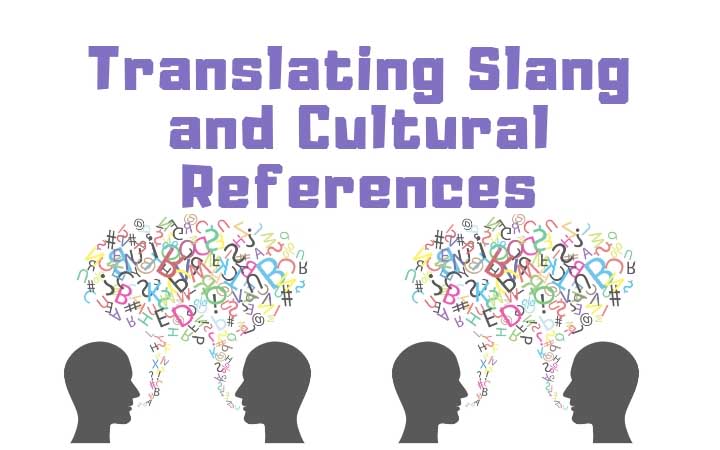Every year, on 30 September, people around the world honor the art of translation with International Translation Day. It marks the feast day of St. Jerome, the patron saint of translation, who dedicated over two decades of his life in the 4th century to translating the Bible into Latin. Of course, there are often difficulties in translation and St. Jerome himself was no exception, famously translating the Hebrew for radiance as horns, which led to many depictions of a horned Moses. In the spirit of International Translation Day fun, this article takes a light-hearted look at one of the most interesting topics in translation: untranslatable words.
Here are a few of our favorites:
- German – Vorführeffekt
The wonderful thing about the German language is how it easily forms compound words to create the most suitable words for even the most niche and specific feelings. Vorführeffekt literally means “the effect of being in front of someone” and refers to when you try to show somebody something but you can’t because they are watching you.
- Yaghan – Mamihlapinatapai
Coming from the Yaghan language, an indigenous tongue in Tierra del Fuego, mamihlapinatapai refers to the look between two people where each wishes that the other would begin an action that they both want, yet they are both reluctant to initiate themselves. It can also refer to an unspoken understanding between two people. Words like this, and many others, highlight the importance of preserving endangered languages around the world as they are a portal into the human experience.
- Finnish – Kalsarikännit
This oddly specific word is an example of the joys of the Finnish language, one of the oldest in Europe with eons of collective stories to tell. This word here, for example, refers to getting drunk alone at home in your underwear.
- Welsh – Hiraeth
Some words are of such importance to a culture that they can even embody it and while Welsh has many unique words like cwtch (a cuddle or a safe space with a high degree of comfort), hiraeth embodies the Welsh attitude. It is akin to an incredible homesickness for a home you cannot return to or maybe never even existed in the first place. It is also often used when talking about Wales’ past in a romantic manner.
- Korean – Han (한)
As with Welsh and hiraeth, han is described as a typical Korean characteristic, which is unsurprising considering the area’s history. Han is a state of simultaneous sadness and hope. It’s an unresolved resentment against injustice, a sense of helplessness in the face of overwhelming odds and a desire to seek revenge and justice.
- Spanish – Sobremesa
While we all know the feeling of many of these words, only a few languages have defined them. The Spanish language’s sobremesa is a perfect example of this, the time after having eaten a meal spent talking to those with whom you have eaten. Not to be confused with Portuguese sobremesa, which means dessert.
- Tagalog – Gigil
Gigil is again something many of us would have felt and this is often described in English as “cute aggression”, or the intense desire to squeeze something cute.
- Spanish – Empalagar
As the desire to eat something sweet seems unrelated to the desire to eat due to hunger, it’s not too surprising that the Spanish language has developed a useful term to refer to the different states. The verb empalagar here refers when a food is too sweet and it makes you feel sick.
- Georgian – Shemomechama (შემომეჭამა)
Like German, the way the Georgian language works allows it to create highly specific words that can’t really be directly translated, which helps to give it its difficult reputation. An example of this is shemomechama, which refers to when you didn’t mean to eat something, but you ate it anyway, like eating with a full stomach.
- Brazilian Portuguese – Cafuné
This beautiful term refers to the act of running one’s fingers through a loved one’s hair, which can be applied to people and pets alike.
Do you know any more unusual untranslatable words? Let us know in the comments.













